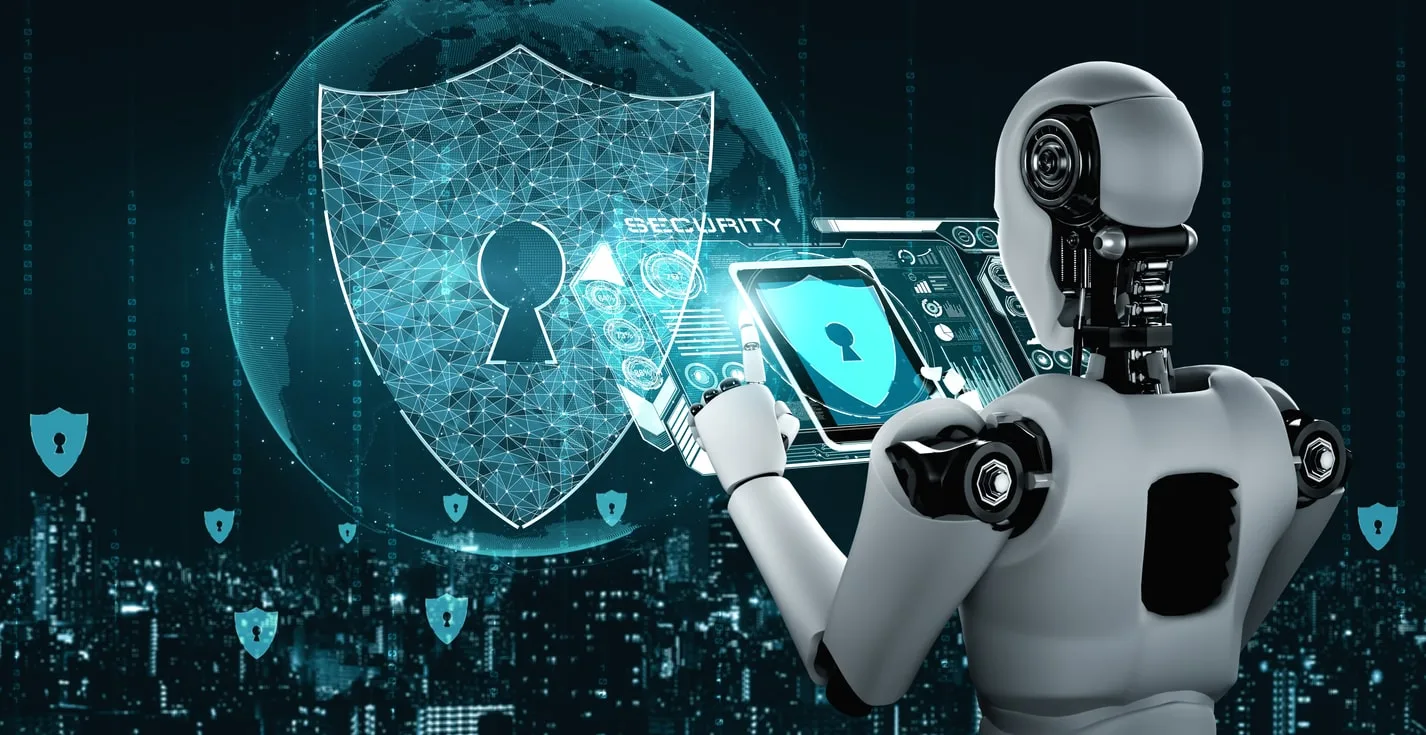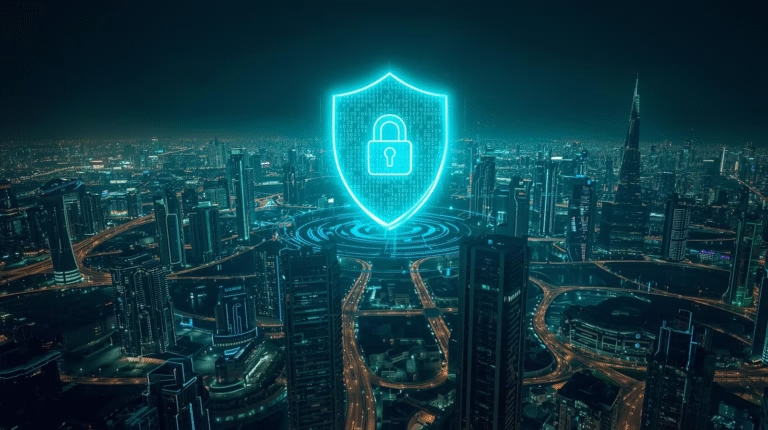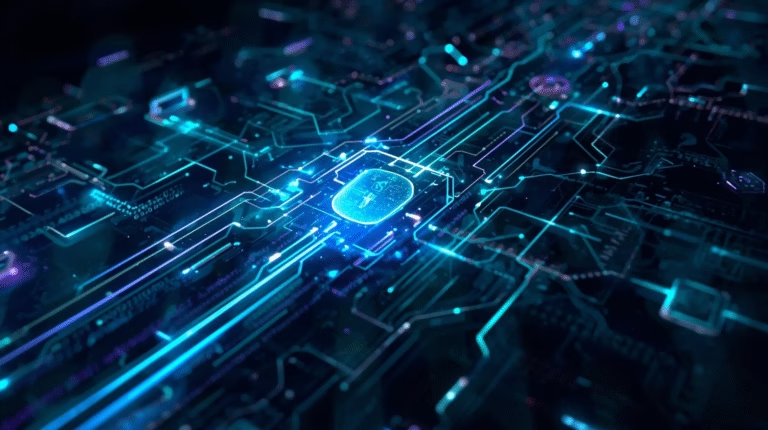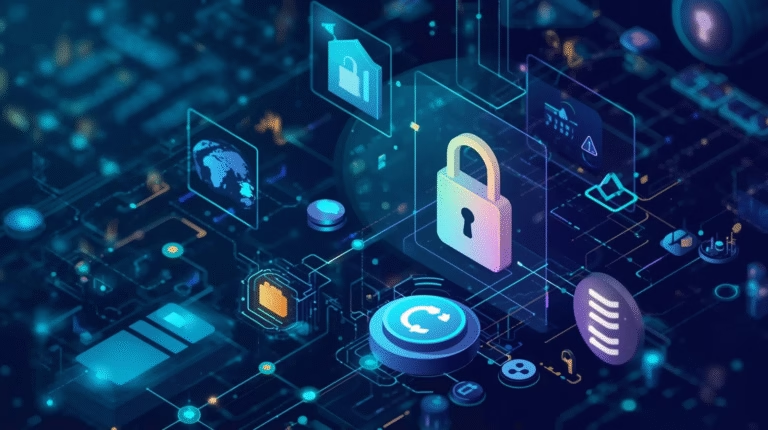Focusing on AI in Cybersecurity
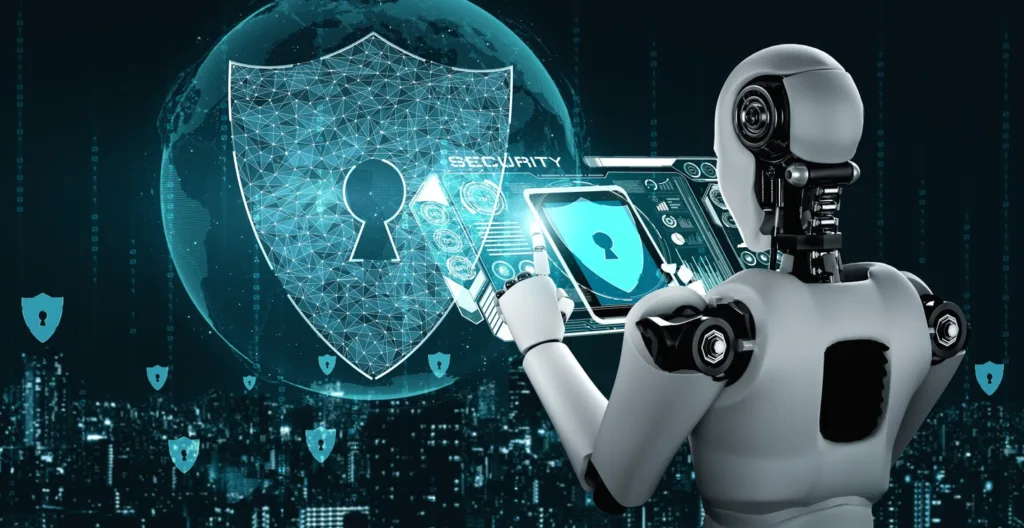
As cyberattacks become more sophisticated and prevalent, it is crucial for organizations to adopt new technologies to protect their networks and data. One such technology that is gaining traction in the cybersecurity space is artificial intelligence (AI).
AI has the ability to analyze vast amounts of data in real-time, detect patterns, and predict potential threats. This can help organizations identify and respond to cybersecurity incidents more quickly and effectively.
AI-powered cybersecurity solutions can also automate routine tasks, such as monitoring network traffic and analyzing logs, freeing up cybersecurity professionals to focus on more strategic initiatives.
However, AI in cybersecurity is not without its challenges. AI models can be vulnerable to adversarial attacks, where hackers manipulate the data input to deceive the AI into making incorrect predictions. It is important for organizations to continuously monitor and update their AI models to guard against these types of attacks.
Adopting AI for Enhanced Threat Detection
AI technologies have had a significant impact on cyber defenses, revolutionizing the way organizations protect their systems and data from cyber threats. Some of the key ways in which AI has transformed cyber defenses include:

1. Improved threat detection and response:
AI-powered systems are capable of analyzing vast amounts of data to identify patterns and anomalies that may indicate a potential cyber threat. This enables organizations to detect and respond to threats in real-time, reducing the impact of cyber attacks.
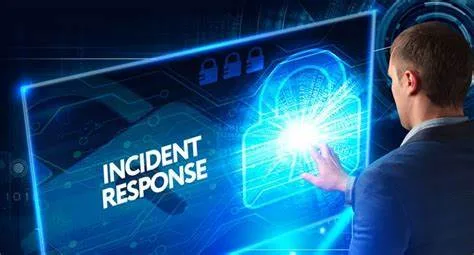
2. Automated incident response:
AI technologies can automate the process of responding to cyber threats, allowing organizations to mitigate risks more quickly and efficiently. This includes tasks such as isolating affected systems, blocking malicious activity, and initiating remediation protocols..

3. Enhanced vulnerability management:
AI can help organizations identify and prioritize vulnerabilities in their systems and networks, enabling them to allocate resources effectively to address the most critical risks. This proactive approach to vulnerability management helps organizations reduce their attack surface and minimize the likelihood of successful cyber attacks.

4. Predictive analytics:
AI can also be used to predict potential cyber threats based on historical data and current trends, allowing organizations to take proactive measures to prevent attacks before they occur. By leveraging predictive analytics, organizations can stay one step ahead of cybercriminals and protect their systems more effectively.
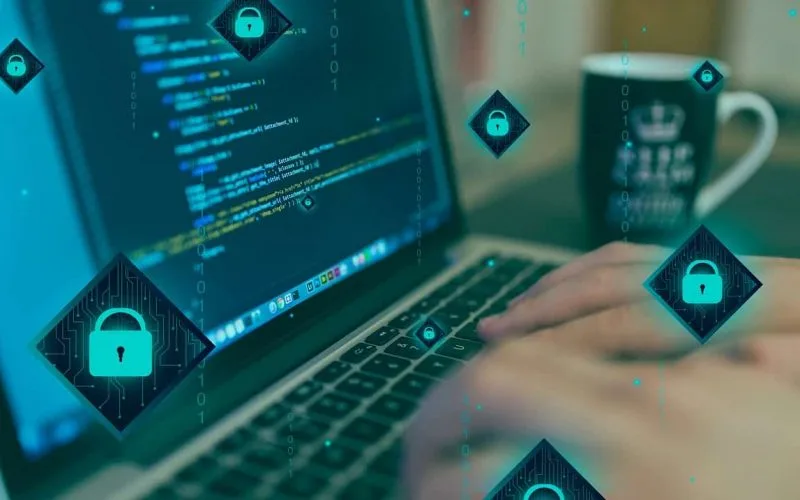
5. Behavior-based threat detection:
AI-powered systems can analyze user behavior and network activity to detect suspicious or malicious behavior that may indicate a cyber threat. By monitoring for deviations from normal behavior patterns, organizations can identify and respond to threats more quickly, reducing the likelihood of successful attacks.
2024 Cybersecurity Predictions and AI
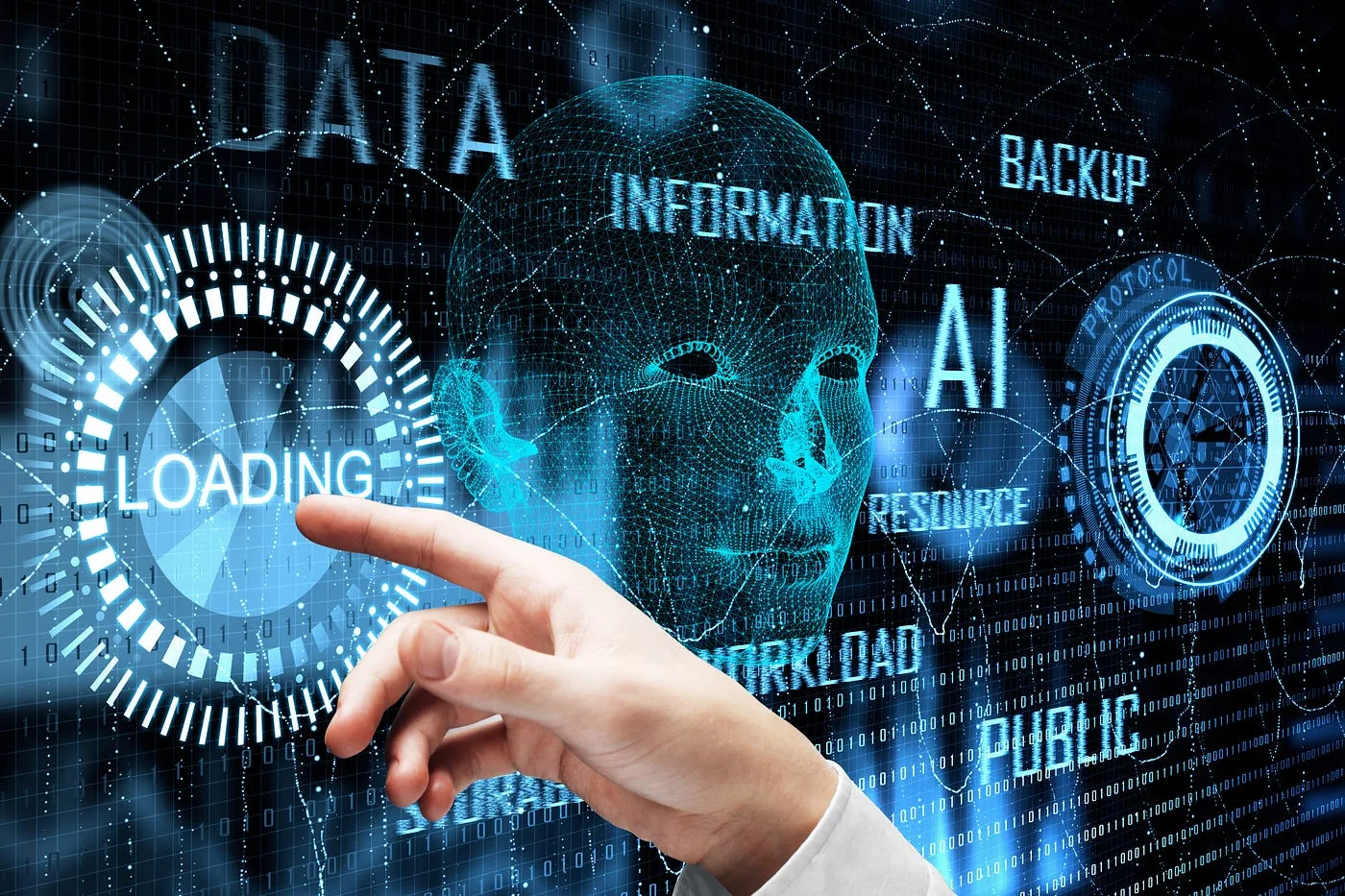
1. Increased use of AI-powered cybersecurity tools:
As cyber threats become more sophisticated, organizations will rely more on AI-powered tools to detect, analyze, and respond to threats in real-time.

2. Rise of autonomous security systems:
AI-powered autonomous security systems will become more prevalent, allowing organizations to automate threat detection and response processes without human intervention.
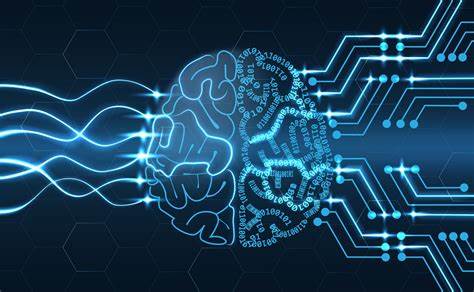
3. AI in threat intelligence:
AI will be increasingly used to analyze large volumes of data to identify patterns and predict future cyber attacks, enabling organizations to proactively defend against emerging threats.

4. Privacy concerns:
The use of AI in cybersecurity will raise concerns about privacy and data protection, as AI algorithms have the potential to access and analyze vast amounts of sensitive information.
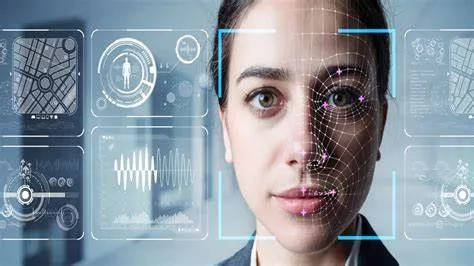
5. Adversarial AI attacks:
As AI becomes more integrated into cybersecurity defenses, hackers will develop AI-powered attacks to bypass these defenses, leading to a new wave of adversarial AI cybersecurity threats.

6. AI ethics and accountability:
There will be increased focus on the ethical implications of using AI in cybersecurity, including issues such as bias in AI algorithms, transparency, and accountability.

7. Skills gap in AI cybersecurity:
As the demand for AI cybersecurity professionals grows, organizations will struggle to find employees with the necessary skills and expertise to effectively implement and manage AI-powered security systems.
Defending Against AI-Powered Cyber Threats
As artificial intelligence (AI) continues to advance, cyber threats powered by AI are becoming more sophisticated and widespread. To defend against these threats, organizations must implement robust cybersecurity measures that incorporate AI capabilities. Here are some strategies to defend against AI-powered cyber threats:

1. Implement AI-based security solutions:
Utilize AI-powered security tools and solutions to identify and respond to threats in real-time. These tools can analyze vast amounts of data and detect anomalies or patterns indicative of a security breach..
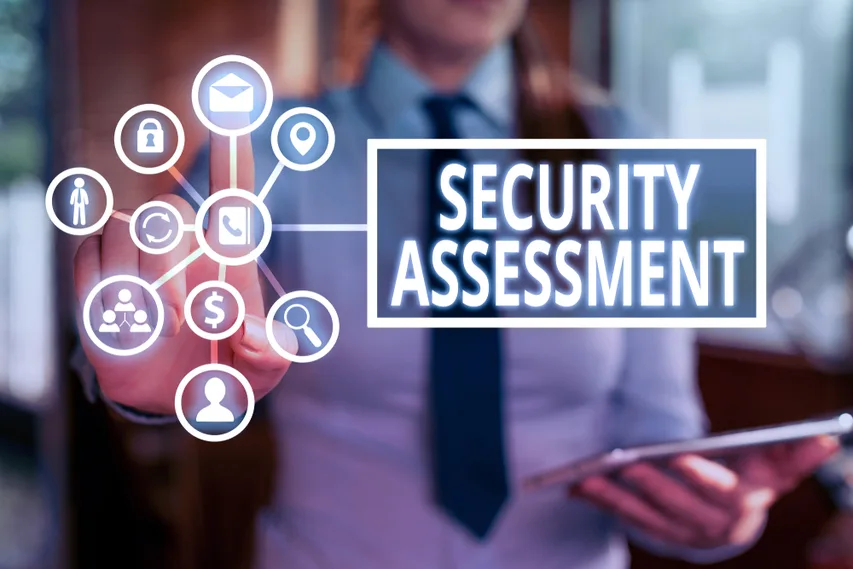
2. Conduct regular security assessments:
Regularly assess your organization's cybersecurity posture to identify vulnerabilities and potential entry points for AI-powered attacks. Conduct penetration testing and vulnerability assessments to proactively address weaknesses.

3. Train employees on cybersecurity best practices:
Educate employees on the risks of AI-powered cyber threats and provide training on how to recognize phishing emails, social engineering tactics, and other common attack vectors used by threat actors.

4. Monitor network traffic:
Implement AI-based intrusion detection systems to monitor network traffic and detect unusual activity or suspicious behavior. This can help identify potential threats and prevent them from causing damage.

5. Develop incident response plans:
Create detailed incident response plans that outline the steps to take in the event of a cybersecurity breach. Ensure that these plans are regularly tested and updated to address the latest AI-powered threats.

6. Use encryption and multi-factor authentication:
Implement encryption protocols to protect sensitive data and utilize multi-factor authentication to add an extra layer of security to access systems and applications..

7. Collaborate with cybersecurity experts:
Work with cybersecurity experts and collaborate with industry organizations to stay informed about the latest AI-powered threat trends and best practices for defending against them.
Discover the impenetrable shield of cybersecurity for your business. Partner with Eshield IT Services today to fortify your defenses. Reach out to us at Contact us or via email at [email protected]. Direct inquiries and consultations can be made at +971-487-441-45 or through WhatsApp. Safeguard your business while unlocking its true potential


